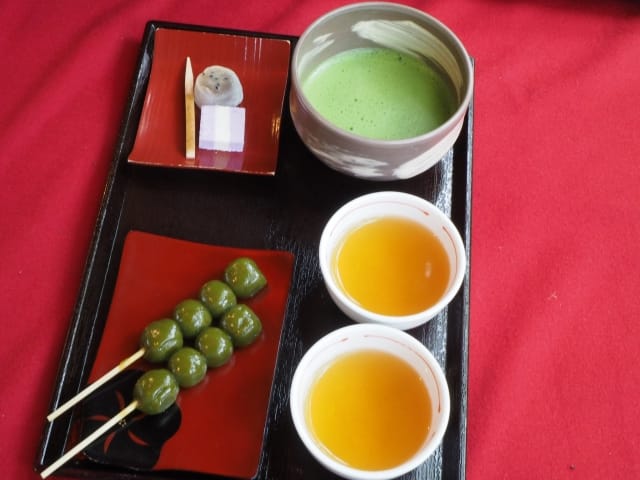Introduction
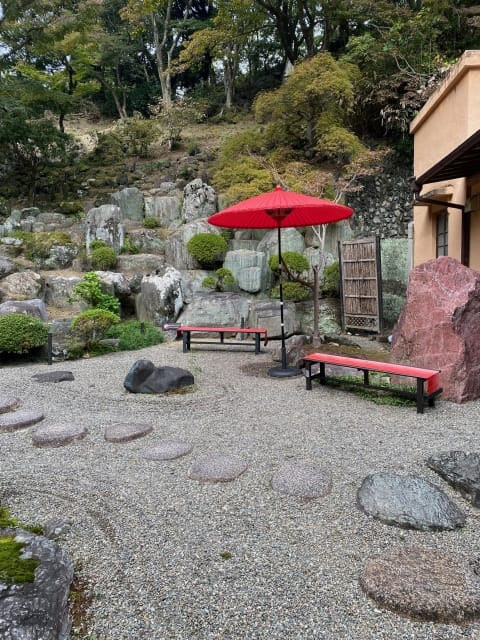
The Machiai Chaya (waiting tea house) is a unique entity with traditional Japanese architectural styles and cultural background. This article delves into the origins of the Machiai Chaya, its development, and its importance in modern society. These tea houses are more than just buildings; they play a role as symbols of Japanese culture.
Originally closely related to the culture of tea ceremony, Machiai Chaya are rooted in the traditional Japanese tea culture that values stillness and spirituality. These buildings are characterized by their simple yet sophisticated design, the use of natural materials, and harmony with the surrounding environment. They are extremely important in understanding the evolution of Japanese architecture and design.
This article explores the historical background and development process of Machiai Chaya and how they influence modern Japanese society. It also considers the impact of these buildings on Japanese culture and economy. Readers will gain a deep understanding of the cultural value and aesthetics of Machiai Chaya, and their role in modern times.
Through this article, we aim to provide insight into the beauty of Machiai Chaya, why they are important in Japanese culture, and how these traditional spaces adapt and survive in the modern era.
Historical and Cultural Significance
Machiai Chaya are deeply rooted in Japanese history and culture. Their origin is closely related to the development of Japanese tea culture. In this section, we delve into the historical development of Machiai Chaya and their importance in Japanese culture.
Origins of Machiai Chaya
The origin of Machiai Chaya dates back to the Muromachi period (14th to 16th century) in Japan. During this period, the tea ceremony began to develop as part of religious and social gatherings. Initially limited to the nobility and samurai class, it gradually spread to the general populace.
Cultural Development
The tea ceremony evolved beyond a mere social gathering into a form of art. With this cultural development, Machiai Chaya also evolved. These buildings were designed as special spaces for conducting tea ceremonies, embodying the traditional Japanese aesthetic that emphasizes stillness and spirituality. The use of natural materials, simple yet sophisticated design, and harmony with the natural environment are characteristic elements of Machiai Chaya.
Role and Importance
Machiai Chaya mean more than just places to drink tea. They are important spaces symbolizing Japanese tradition, culture, and spirituality. Through the tea ceremony, people find mental tranquility and time for introspection away from the hustle and bustle of daily life. In this way, Machiai Chaya have become part of Japan’s cultural identity.
Moreover, Machiai Chaya reflect social changes and the flow of time through Japan’s history. These buildings serve as an important window to understand the evolution of Japanese architectural techniques and design.
Contemporary Importance
Even today, Machiai Chaya maintain an important aspect of Japanese culture. They play a significant role in Japanese society, which respects history and tradition while seeking ways to integrate them into modern lifestyles. Machiai Chaya continue to serve as important places for modern Japanese to maintain spirituality and cultural identity.
Architecture and Design
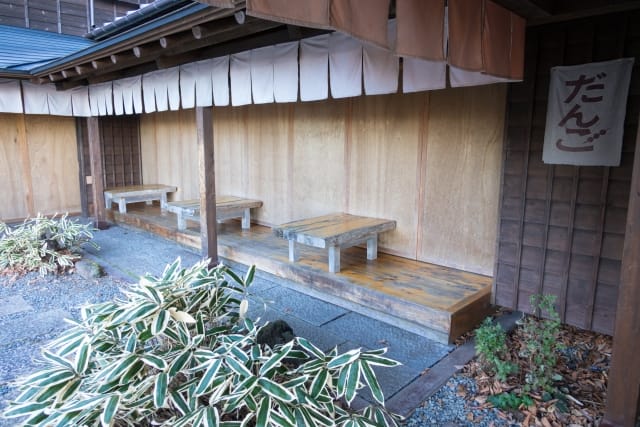
The architecture and design of Machiai Chaya represent the essence of Japanese tradition and aesthetics. This section explores the typical architectural style of Machiai Chaya, design elements, and the fusion of tradition and modernity.
Typical Architectural Style
Machiai Chaya architecture is characterized by traditional Japanese construction techniques and the use of natural materials. Generally, these buildings use wood as the main material, with features such as tatami mats, smooth wooden floors, shoji (sliding doors), and fusuma (sliding partitions). The roofs often use thatch or tiles, designed to harmonize with the natural landscape.
Design Elements
The design of Machiai Chaya emphasizes simplicity and functionality. The interior minimizes decoration to enhance the atmosphere of the tea ceremony, highlighting the beauty of nature and spirituality. The traditional Japanese aesthetic of “wabi-sabi,” accepting the beauty of imperfection and natural imbalance, is reflected in their design.
Fusion of Tradition and Modernity
Modern architects respect the traditional elements of Machiai Chaya while blending contemporary design and technology, creating new expressions. For example, using traditional materials but incorporating more modern design elements modernizes the concept of traditional tea houses. This approach is part of efforts to maintain tradition while adapting to contemporary lifestyles and aesthetic sensibilities.
Examples and Explanations
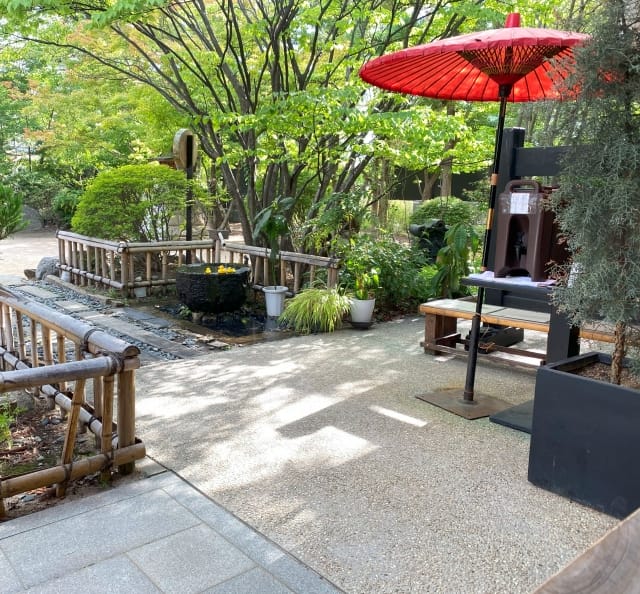
Recently, facilities that utilize traditional Machiai Chaya elements while incorporating modern functions and design have emerged. For instance, facilities that maintain traditional tea room designs but introduce modern art and lighting provide new experiences. These examples show that Machiai Chaya are not just historical relics but evolving living cultures.
Economic and Social Impact
Machiai Chaya, with their historical and cultural value, significantly impact local economies, communities, and the tourism industry. This section explores the economic and social impacts of Machiai Chaya on local communities.
Impact on Local Economies
Machiai Chaya play an important role in local economies. Preserving traditional buildings and cultural facilities provides job opportunities for local craftsmen and specialists. Providing building materials, maintenance, and tea ceremony education supports local economic activities. Additionally, these facilities serve as showcases for local products and services, contributing to the development of local industries and culture.
Role within Communities
Machiai Chaya also play a vital role in local communities. They serve as places for locals to gather and deepen interactions. Through tea ceremonies and other cultural events, residents share common traditions and strengthen social bonds. Thus, Machiai Chaya promote community cohesion and maintain cultural identity.
Contribution to Tourism
In tourism, Machiai Chaya play a particularly important role. These facilities are attractive destinations for tourists visiting Japan, serving as important places to experience Japanese traditional culture and history. Tourists can deeply engage with Japanese culture through tea ceremony experiences at Machiai Chaya. Such experiences not only deepen cultural understanding but also contribute to the growth of local tourism. Moreover, the increase in foreign tourists visiting Machiai Chaya promotes international cultural exchange and spreads Japanese culture worldwide.

Machiai Chaya in Contemporary Society

Machiai Chaya continue to hold unchanging value in modern society, with efforts being made for their preservation, regeneration, and exploration of new uses. This section explores the positioning of Machiai Chaya in contemporary society and efforts to preserve them.
Positioning in Contemporary Society
In modern Japan, Machiai Chaya are positioned as more than historical buildings. They serve as important bridges connecting Japanese traditional culture and history. Amid urbanization and modernization, Machiai Chaya remain valuable spaces preserving traditional Japanese aesthetics and spirituality. They link the past and present, playing a role in conveying Japan’s cultural identity to future generations.
Efforts for Preservation and Regeneration
Efforts for the preservation and regeneration of Machiai Chaya are essential to protect their historical and cultural value. As many face aging and urban development pressure, urgent efforts are needed for their preservation and proper maintenance. Government agencies, non-profit organizations, and local communities collaborate to restore and conserve these buildings. There are also movements to register Machiai Chaya as cultural properties, officially recognizing their historical significance.
Exploring New Uses
Exploring new uses for Machiai Chaya is important to adapt their cultural value to modern society. For example, using Machiai Chaya as contemporary art exhibition spaces or community event venues makes them attractive to new generations. Repurposing them as cafes or restaurants integrates Machiai Chaya aesthetics into everyday life. Such approaches allow for the evolution of tradition while meeting contemporary needs.
Conclusion
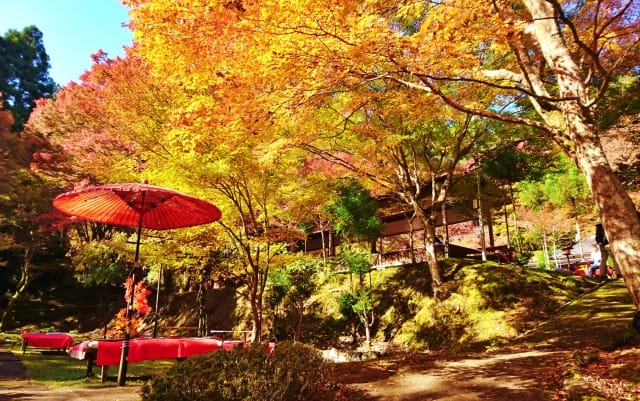
Machiai Chaya hold a significant position in the cultural landscape of Japan from the past to the present. Their preservation and appropriate utilization are key to passing on Japan’s cultural heritage to the future. The future of Machiai Chaya lies in the fusion of tradition and innovation, providing opportunities to create a richer cultural landscape.
Future Prospects for Machiai Chaya
The future of Machiai Chaya depends on how they balance modernization and tradition. Adapting to technological advancements and social changes while maintaining their traditional values and significance is crucial. Introducing new uses that fit modern lifestyles and making traditional culture more accessible are keys to passing Machiai Chaya to the next generation.
Importance as Cultural Heritage
Machiai Chaya are more than just buildings. They exist as living proofs of Japanese history, culture, and spirituality. These buildings and the culture surrounding them are part of Japan’s identity and have immeasurable value as intangible heritage. Therefore, preserving and maintaining them is extremely important in protecting Japan’s cultural heritage for the future.
Need for Maintenance
Maintaining Machiai Chaya requires a wide range of efforts beyond physical restoration and protection. Providing educational programs, hosting cultural events, and passing down culture to younger generations are essential to spread and maintain the significance of these cultural spaces. Additionally, increasing international recognition is important for more people to recognize their value.
Summary
Machiai Chaya have continued to be an important element shaping Japan’s cultural landscape from the past to the present. Their preservation and proper utilization are keys to inheriting Japan’s cultural heritage in the future. The future of Machiai Chaya offers opportunities to create a richer cultural landscape through the fusion of tradition and innovation.

